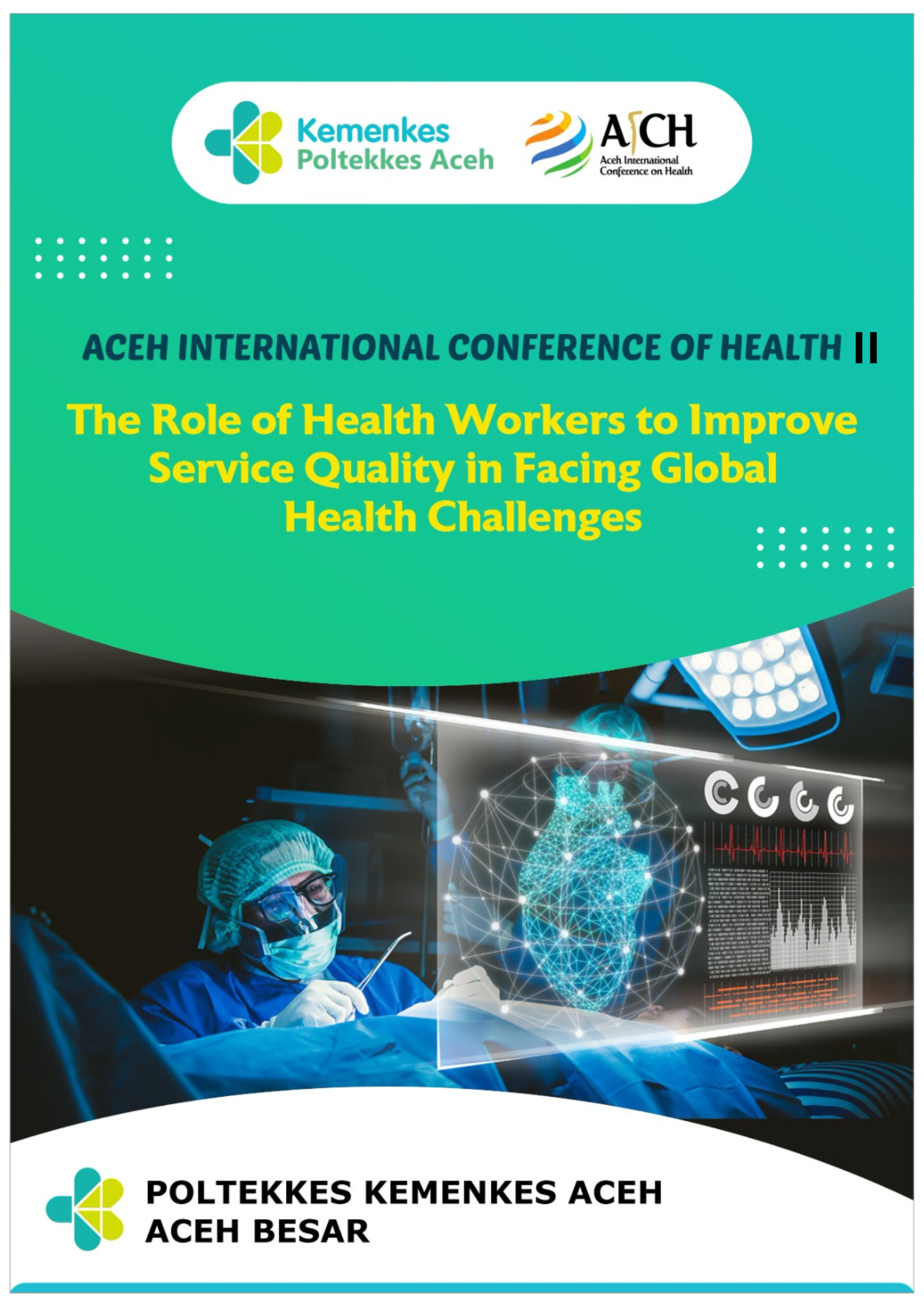THE RELATIONSHIP BETWEEN HORMONAL CONTRACEPTIVE USE AND PREDIABETES IN GAMPONG JAWA, LANGSA CITY
Keywords:
Hormonal contraception, Prediabetes, Blood glucoseAbstract
The use of hormonal contraceptives remains the primary choice for couples of reproductive age (CRA) in Indonesia, including in Gampong Jawa Village, Langsa City, with a prevalence of 60.55% out of a total of 1,192 CRA couples. The use of hormonal contraceptives requires attention as it is suspected to affect blood glucose levels and pose a risk of developing prediabetes. This study aims to determine the relationship between hormonal contraceptive use and the incidence of prediabetes among family planning acceptors in Gampong Jawa Village, Langsa City in 2025. This research employed a descriptive-analytical design with a cross-sectional approach, involving 30 respondents selected through accidental sampling technique. Data were analyzed using chi-square statistical tests to determine the relationship between variables. The research findings indicate that blood glucose levels in contraceptive pill users are not associated with prediabetes (p-value = 0.251 > 0.05), while injectable contraceptives are associated with prediabetes (p-value = 0.042 < 0.05). Meanwhile, implant contraceptives could not be tested due to the limited number of respondents. Duration of hormonal contraceptive use ≥ 2 years also showed a significant relationship with the incidence of prediabetes (p-value = 0.046 < 0.05). The conclusion of this study is that there is a relationship between hormonal contraceptive use, particularly injectable contraceptives and duration of use ≥ 2 years, with the incidence of prediabetes. Therefore, it is recommended that women of reproductive age regularly monitor their blood glucose levels, and healthcare providers should enhance education and supervision of hormonal contraceptive acceptors.
References
Anggeriani, R., Soleha, M., Permadi, Y., & Besi, A. P. (2022). Terhadap Siklus Haid Akseptor Kb Di Pmb Yosephine Palembang Tahun 2022. 12(2), 65–72.
Bahra, M., & Anwar, E. N. (2022). Jurnal Analis Kesehatan Klinikal Sains. 10(2), 122–130.
Decroli, E. 2022 . P. P. : A. U. P. (2020). Prediabetes. Padang : Andalas University Press.
Hidayati, N., & Nirmala, F. (2019). Perbandingan Efektivitas Pil Kontrasepsi Progestin Generasi Kedua Dan Ketiga Terhadap Terjadinya Efek Samping Hormon. Jurnal Kebidanan Malahayati, 5(2), 101–107.
Laelah, N., & Aprilina, H. D. (2020). Jurnal Keperawatan Muhammadiyah Hubungan Durasi Pemakaian Alat Kontrasepsi Implan Dengan Perubahan Berat Badan. September, 171–176.
Murniati. (2020). Jambaran Tingkat Pengetahuan Pasien Tentang Kontraspsi Oral Di Puskesmas Jongaya Kecamatan Tamalate. 6(37).
Nurmainah, Armandani R., Andrie M. (2020). Faktor Resiko Kejadian Diabetes Melitus Pada Akseptor Pengguna Kontrasepsi Oral. Jurnal Farmasi Dan Ilmu Kefarmasian Indonesia. Tanjung Pura
Pritasari, K. (2021). Pedoman Pelayanan Kontrasepsi Dan Keluarga Berencana. Jakarta Selatan.
Putri, I., & Mutiah, C. (2022). Hubungan Pemakaian Kontrasepsi Suntik (Dmpa ) Dengan Peningkatan Berat Badan Pada Ibu. 4(April).
Rahma, S., Mursyidah, A., & Rauf, Y. Y. (2021). Kadar Gula Darah Pengguna Kontrasepsi Hormonal. 1(2), 73–84.
Rahma, S., Mursyidah, A., & Rauf, Y. Y. (2021). Kadar Gula Darah Pengguna Kontrasepsi Hormonal. 1(2), 73–84.
Widari, Gusti, A., Mursalim, Rahman, & Djasang, S. (2022). Analisa Glukosa Darah Dan Kolesterol Pada Aksepstor Kontrasepsi Suntik Di Puskesmas Pitumpanua Kabupaten Wajo. 13(2), 116–122.





